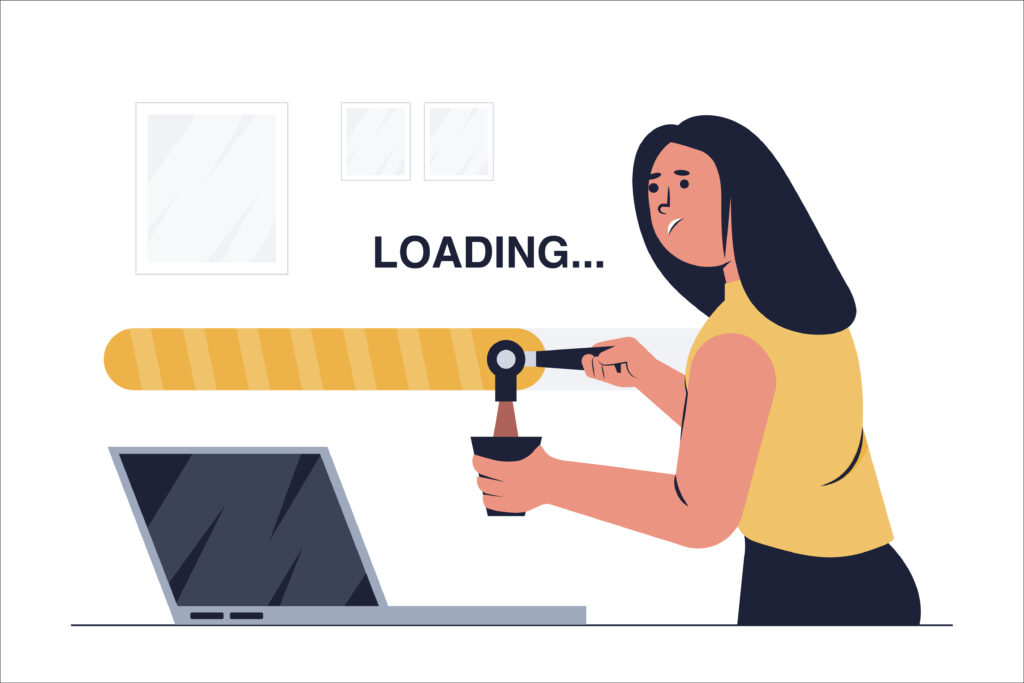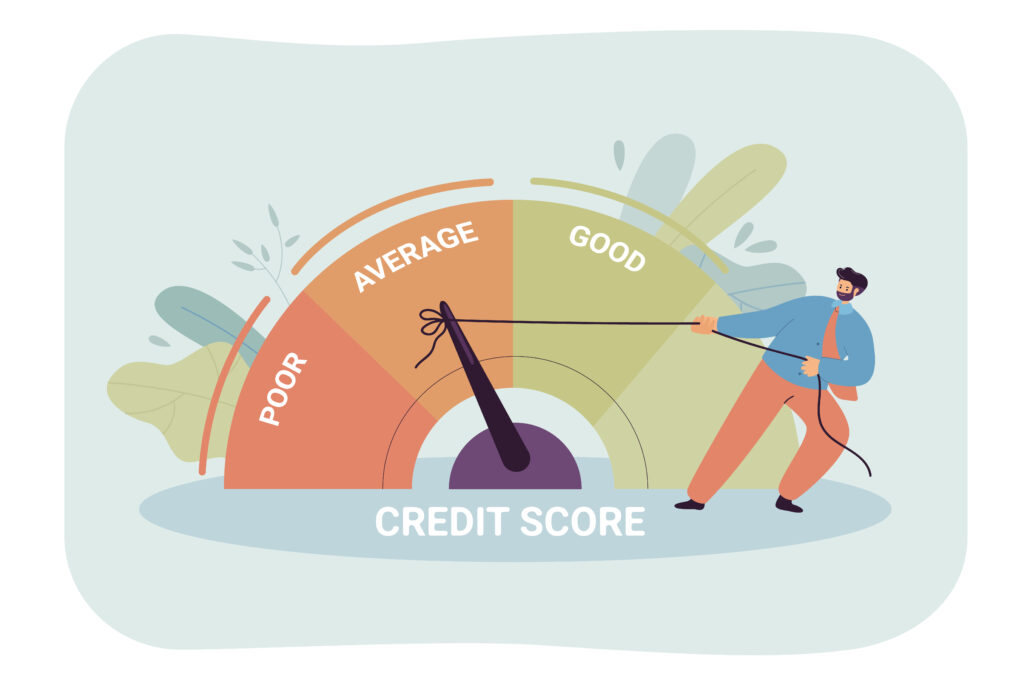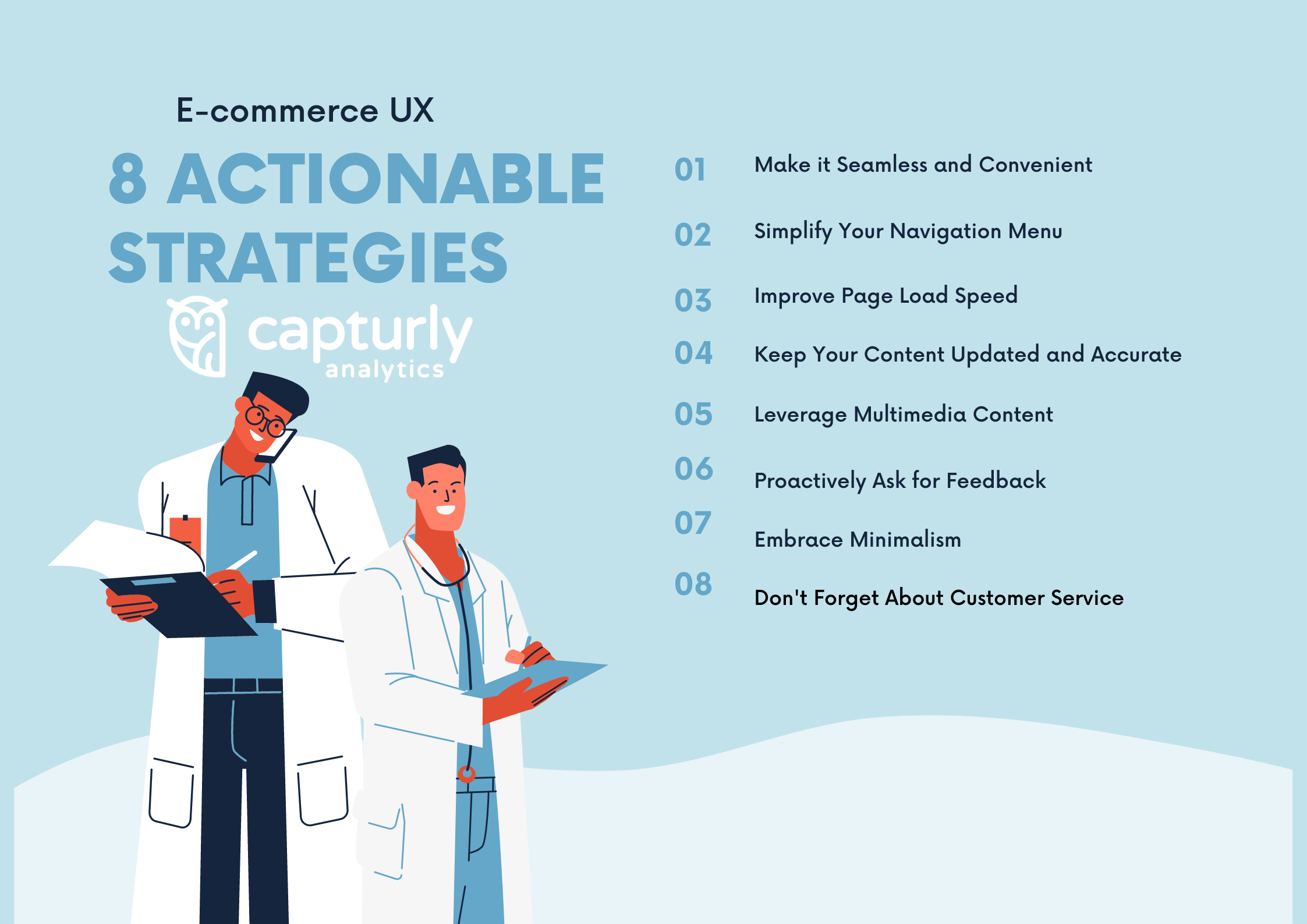From chatbots to augmented reality, there is no denying that e-commerce is continuously changing. Some may be fads, while others can lead to a dramatic shift in the industry.
This includes the reason customers choose to buy from your online store.
Sure, affordable pricing is integral in compelling customers to buy your products. But how can you turn this into repeat purchases?
The answer lies in the kind of experience your customers had with your brand. This includes how they deem your brand based on what your website looks like. That’s because 3 out of 10 online shoppers will leave an unattractive e-commerce website.
Table of Contents
Understanding E-commerce User Experience
User experience (UX) refers to how your customers interact with your products or service. In the case of your e-commerce business, a user is your customer. Their experience revolves around interacting with your e-commerce site, whether you made it easy for them to purchase.
The ultimate goal of e-commerce UX is to retain your customers’ attention. That way, your customers will stay loyal to your brand and keep on buying from you.

Mind you; a poor e-commerce UX is one of the reasons customers abandon their online cart. Meanwhile, you can reap the following benefits when you implement excellent e-commerce UX:
Improved Usability
One of the reasons UX exists is to improve a service’s usability. In the case of your e-commerce business, that would be your website.
Usability is determined by how easy it is for customers to navigate your online store. This includes searching for and buying your products.
Enhanced User Engagement
When your online store is easy to use, your customers will be more engaged. This means that they will keep interacting with your brand by buying your products or connecting with your customer support.
Foster Trust
Every year, around 250,000 products are launched in the United States. However, at least 85% of them are expected to fail. One of the primary reasons is the lack of perceived credibility.
UX can make or break how customers think of your brand. When you provide a positive experience, online shoppers will feel that you care about them. Hence, they will trust you more.
Cultivate Loyalty
In relation to the previous point, fostering trust makes it easy to turn a one-time purchase into customer loyalty.
Why would you want to cultivate customer loyalty? That’s because selling to an existing customer is at least 60% easier. The reason is that your customers already know what your products can do.
Expanded Market Reach
Those who had a positive customer experience with your e-commerce business are likely to recommend you to their family and friends. This is what happens when you can turn customers into ambassadors. As such, it is an excellent way of expanding your market reach.
8 E-commerce UX Best Practices You Need to Know
Now that we have the definition and importance of e-commerce UX covered, it is time to discover best practices to apply to your online store.
Make it Seamless and Convenient
The key to an effective e-commerce UX is to provide a seamless experience. It is a good thing that doing is not a complicated matter.
What you need is to step back and look at the bigger picture. Why do you want to improve your online store’s user experience?
For example, you have a physical store. Your UX goal should be to provide a consistent experience with your online and offline customers. If you are committed to educating your e-commerce customers about your products and services, you ought to do the same to your offline buyers.
If your goal is to boost your online sales, you need to simplify the purchasing process. This could mean providing various payment options and allowing guest checkout.
Simplify Your Navigation Menu
Another way to provide a seamless user experience is to simplify your online store’s navigation menu.
By “simplifying menu,” we mean reducing the number of menus you have on the navigation bar. Keeping it as straightforward as possible prevents customers from getting confused about where to find your “store” or “blog.”
Another way to simplify your e-commerce website’s menu is to reduce the number of clicks needed for customers to find your products.
There is what we call the “three-click rule” in the digital marketing world. This means that customers should not take more than three clicks from your homepage to reach their desired page. If you sell apparel’s online, here’s what it should look like:
Home > Women’s Clothing (1) > Tops (2) > Product (3)
This explains why it is vital to simplify your product categories, too. It is also recommended to have a search function on the navigation menu whether you have a vast inventory or not.
Improve Page Load Speed
According to Think With Google, your website’s bounce rate will likely increase to 32% for every second of delay in page load speed. It is further stated that a website should not take more than three seconds to load.

This means that for every second that it takes your online store to load, 3 out of 10 of your website visitors will likely leave.
Why is this problematic? For one, customers come to e-commerce for convenience. If your website takes more than three seconds to load, you are doing them a disservice.
Second, a slow page load time can lead to higher bounce rates. This affects your e-commerce site’s search engine ranking. That said, follow these quicks tips to make your online shop load faster:
- Use a fast web host
- Implement Content Delivery Network (CDN)
- Compress your files
- Reduce your HTTP requests
- Streamline and minify your codes
- Optimize your multimedia content
Keep Your Content Updated and Accurate
Aside from the price, your customers also read the product details. That way, they would know if the items you sell can cater to their needs.
Hence, you must keep your content updated and accurate.
For one, your product details should reflect the product you are selling. This includes the size, color, features, and how it can benefit your customers.
Second, you need to indicate whether an item is still in stock or not. Doing so allows you to manage customers’ expectations. After all, clicking “Add to Cart” only to find out that a product is unavailable would be a bummer.
Leverage Multimedia Content
Aside from ensuring accurate content, you can enhance customer experience by using multimedia content. These are images and videos that showcase how your products are best used.
If you sell clothes online, that means posting product images of people wearing your products. If you are selling an air fryer, you can include a video of someone cooking chicken nuggets using your product.
You can also use multimedia content to showcase the benefits of your products. Sure, it is easy to write that your air fryer reduces your intake of unhealthy oil, which is common when consuming fried foods. But wouldn’t it be better to show why customers do not need cooking oil when air frying your chicken nuggets?
Proactively Ask for Feedback
On average, customers require at least 40 online reviews to believe an online store’s star rating. The problem is that only one in every ten customers leaves feedback.
Thus, it is always essential to collect product reviews from customers. Here’s why:
- allows you to gather insight into improving your products and services
- lets you measure customer satisfaction
- enables you to showcase that you value your customers’ opinions
That said, follow these quick tips to collect product reviews:
- if you have a mobile app, enable push notifications to remind your customers to review your products
- send a survey through email or social media
- leverage your customers’ social media posts
- incentivize customers who leave feedback
Embrace Minimalism
This is something you may not often hear of in e-commerce, more so in relation to UX design. Nonetheless, there are brands such as Glossier that take this approach.
Minimalism is not about making your website bare. Instead, it is about focusing on the essential online store features.
This means being consistent with your aesthetics like typography and multimedia content.
It can also help if you implement “quick view” features. That way, customers can view other product images without clicking through the product page.
Don’t Forget About Customer Service
Here’s the thing: User experience goes beyond sales. As such, you should not forget that customer service is part of the e-commerce customer experience, too.

According to Brittany Hodak, there are three crucial qualities of customers service:
Professionalism
Professionalism is often the first thing that customers look into with customer service. Sure, staying calm and collected when interacting with an angry customer is easier said than done. However, that should not stop you from being professional.
Patience
The secret to being professional in customer service is to be patient. That’s because without patience, your customer interaction can go haywire.
Imagine shouting back to a frustrated customer. How do you think that would reflect on your e-commerce business?
Nonetheless, the secret to cultivating patience is practicing self-care. As a business owner, ensure that you provide self-care resources to your customer support team. This includes additional vacation leaves, a flexible work setup, and mental health care provisions.
People-first Attitude
Humanity is one of the most significant factors of high-quality customer service. This includes empathy, fostering meaningful relationships with customers, and providing a personalized experience.
The reason you started an online business is to generate revenue. But keep in mind that you can only make this happen when you cultivate a connection with your buyers.
How to Measure Customer Satisfaction
Knowing how you can improve your e-commerce user experience is one thing. However, tracking whether your efforts are paying off is another.
That said, it is essential to know how you can measure customer satisfaction and the metrics you should look at.
Importance of Measuring Customer Satisfaction
In a nutshell, customer satisfaction is whether your product or service and experience exceed a buyer’s expectations. If you can see that your customers are happy, you know that you are doing good.
Mind you, 4 out of 10 customers leave a review. However, not all feedback is positive. It is also essential to discern whether a product review is legit and how you can use it to improve your e-commerce business.
This is where knowing what KPIs to measure can be helpful:
Customer Retention Rate
You do not necessarily have to conduct a survey to measure customer satisfaction. One metric to look at is your customer retention rate.
How many of your customers came back to buy again?
The fact that they came back to buy from you means that they love what you offer. It also tells you that your customers are pleased with the process of purchasing from your online store.
You can calculate your customer retention rate on a weekly, monthly, or annual basis using this formula:
CRR = ([CE – CN] / CS) * 100
CE is the total number of customers you have within a period. CN is the number of new customers you acquired within a period.
CS is the number of your existing customers at the start of that period.
Say, you had 1,000 customers before January began. You acquired 300 new customers during that month, which means you now have 1,200 customers. Using the formula above, this means your CRR is 90%.
CRR = ([1,200 – 300]) / 1,000) * 100 = 90%
Churn Rate
On the flip side of customer retention is the churn rate. It deals with how many customers you lose within a period. You can calculate it using this formula:
Churn Rate = ([CS – CN] / CS) * 100
CS is the number of your existing customers at the start of the period. CN is the number of customers left by the end of the period.
Say, you had 1,000 customers before January began, and you lost 300 customers during that month. Using the formula above, your churn rate is 30%.
Customer Satisfaction Score
CSAT measures how pleased your customers are with your products and services at the moment. This is the common method used to measure customer sentiment.

To generate CSAT, you can conduct a survey wherein customers can indicate their satisfaction on a scale of 1 – 3. Another example is using “poor, satisfactory, or excellent.”
You can calculate your score using this formula:
CSAT = (Sum of all responses / Number of all respondents) * 100
Say, 100 customers responded to your survey, and 60 of them said they had a “satisfactory” experience. That means 60% of your customers are satisfied with their e-commerce experience.
Customer Effort Score
CES indicates customer loyalty. It works the same as CSAT, although the focus is on the ease of transaction. This answers the question:
- How easy was it to search for our products?
- Do you find the checkout process straightforward?
- Are our customers able to solve your issue without hassle?
Measuring CES is vital in knowing whether your customers are happy making transactions with your business. Because if they do, that means they are likely to become repeat customers.
Net Promoter Score
If CES is for customer loyalty, NPS is for monitoring potential brand advocates. Instead of measuring how customers are satisfied with your products and their experience, it deals with how likely they will recommend your products.
Why is this important to measure? Because customers are more likely to believe recommendations from family and friends. This means you only need to nudge your customers a little before they move further down the funnel.
Simply put, word-of-mouth marketing is a free and organic marketing tactic that you should leverage.
SERVQUAL
SERVQUAL is a combination of service and quality. This is often used to measure the quality of customer service.
You can evaluate your SERVQUAL by collecting data on RATER qualities:
- Reliability. Being able to deliver a promised service consistently.
- Assurance. The ability of your customer service team to foster trust.
- Tangibles. Deals with how your e-commerce site looks.
- Empathy. The extent of how your people give attention to your customers.
- Responsiveness. How fast can your team offer a service?
It can be as straightforward as responding to a customer query and immediately making product recommendations. Nonetheless, SERVQUAL helps you measure the difference between the kind of service you provide and what your customers expect.
E-commerce UX Boosts Sales
Ultimately, you want to enhance your e-commerce site’s user experience to boost your sales. This is made possible through the following:
- Encouraging existing customers to buy more from you.
- Compelling your existing customers to recommend your brand to their network.
- Making it easy for customers to purchase your products.

Simply put, e-commerce UX does not mean you have to do something grand on your online store. Instead, it is all about simplifying the entire purchasing process.
That way, you can easily direct your customers to take your desired action, and that is to buy your products.
Nonetheless, you will never know whether your efforts are working if you do not know how to measure them. Hence, it is also essential to learn how to measure customer satisfaction.
That’s because customer satisfaction reflects the e-commerce experience you provide to your buyers.
Don't forget, sharing is caring! :)

